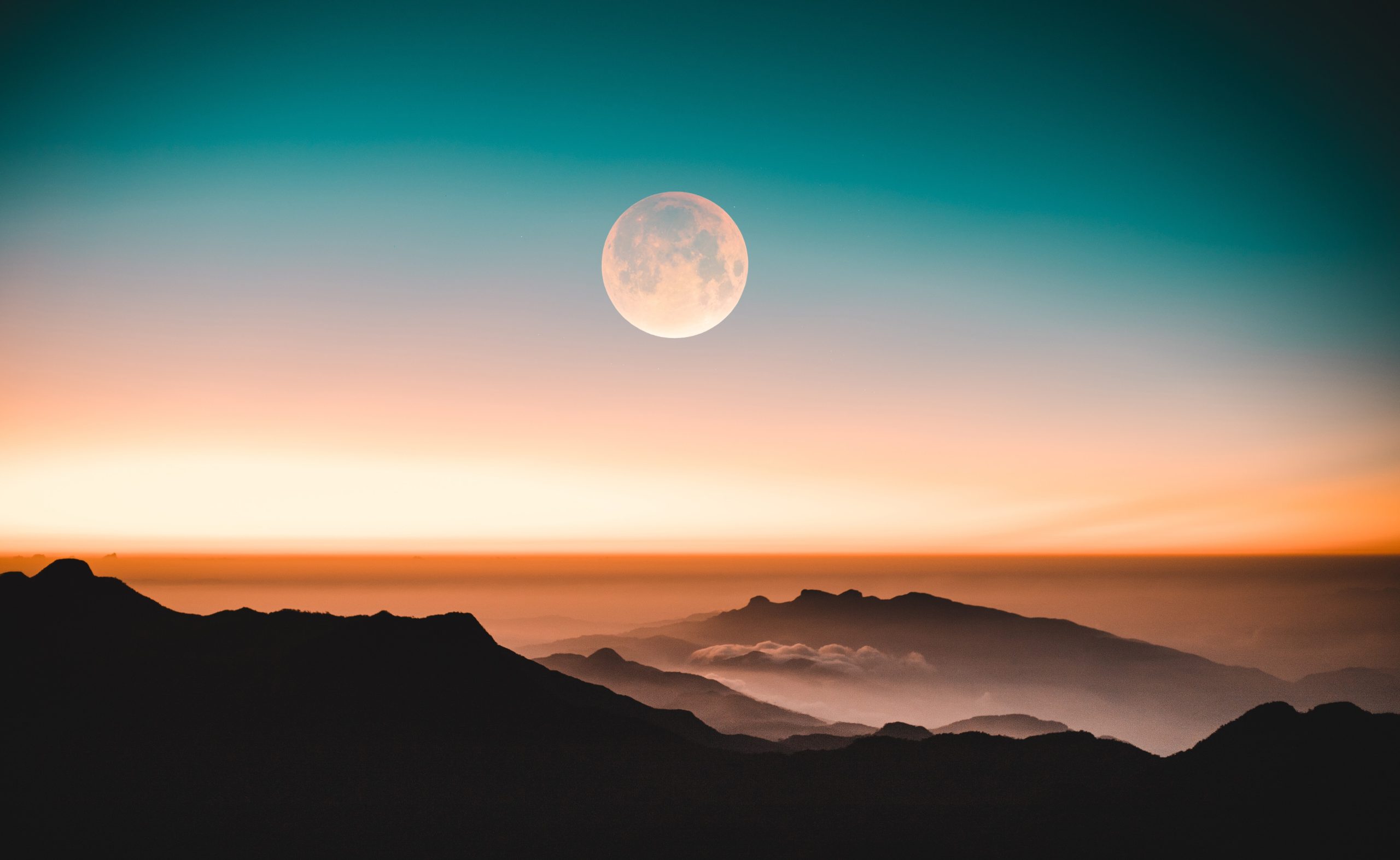The Full Moon Cycle: Understanding the Different Phases and their Significance
Since ancient times, humans have been fascinated by the moon and its celestial beauty. Among its various phases, the full moon is one of the most enchanting and captivating. A full moon occurs when the moon is positioned exactly opposite to the sun, with Earth in between, resulting in the moon being fully illuminated. This phenomenon is a recurring event that takes place approximately once every 29.5 days, creating what is known as the full moon cycle.
Understanding the Phases of the Full Moon Cycle
The full moon cycle consists of several distinct phases, each with its own unique characteristics and significance. Let’s delve deeper into each of these phases:
1. New Moon
The new moon marks the beginning of the full moon cycle. During this phase, the moon is not visible from Earth as it appears completely dark. This occurs because the sun’s illumination is solely focused on the side of the moon facing away from us. Although it may seem invisible, it is the starting point of the journey towards the full moon.
2. Waxing Crescent
Following the new moon, the first visible phase of the moon is called the waxing crescent. In this phase, a small, crescent-shaped sliver begins to appear on the right side of the moon. The moon becomes increasingly illuminated each day until it reaches the next phase.
3. First Quarter
At the first quarter phase, the moon appears as a half-moon, resembling a semicircle. It is called the first quarter because it is one-fourth of the way through the full moon cycle. At this point, the illuminated portion of the moon is growing, and it continues to wax towards the full moon phase.
4. Waxing Gibbous
After the first quarter, the moon enters the waxing gibbous phase. In this phase, the visible portion of the moon continues to increase, with only a small sliver of darkness remaining towards the right side. The waxing gibbous moon showcases more than half but less than the full illuminated moon.
5. Full Moon
The full moon, often referred to as the most captivating phase, occurs when the moon is completely illuminated and perfectly round. During this phase, the moon appears as a magnificent orb shining brightly in the night sky. It is a time when the moon’s energy and potential reach their peak, often associated with heightened emotions and amplified spiritual experiences.
6. Waning Gibbous
As the full moon cycle progresses, the moon shifts from its brilliant fullness to the waning gibbous phase. In this phase, the illuminated area slowly begins to decrease as it moves closer to the last quarter phase. The moon still appears more than half-illuminated.
7. Last Quarter
At the last quarter phase, also known as the third quarter, the moon appears as a half-moon once again. However, this time, the left half is illuminated while the right half is in darkness. This marks the completion of three-fourths of the full moon cycle.
8. Waning Crescent
The final phase of the full moon cycle is the waning crescent. During this phase, only a small sliver of the moon is visible on the left side, resembling the waxing crescent phase but in reverse. The illuminated area continues to diminish until it becomes entirely dark, leading back to the new moon phase and starting the cycle anew.
The Significance of Full Moon Cycle Days
The full moon cycle has captivated human imagination for centuries, giving rise to numerous myths, legends, and cultural practices. People have attributed various meanings and effects to each phase of the cycle. Here are some common beliefs and practices associated with full moon cycle days:
1. Increased Energy and Emotional Intensity
Many individuals claim to experience heightened energy levels and increased emotional intensity during the full moon. Some believe that the moon’s gravitational pull affects our bodies, much like it affects ocean tides. This belief has led to the idea that emotions can be more turbulent and energy levels can be more intense during this time.
2. Rituals and Celebrations
Throughout history, full moons have been marked with rituals and celebrations in various cultures. From ancient civilizations to contemporary spiritual practices, people have used the energy of the full moon to reconnect with nature, perform ceremonies, and celebrate cosmic cycles. Full moon rituals often involve meditation, intention setting, and connecting with higher energies.
3. Astrological Significance
In astrology, the full moon is considered a powerful time for personal growth and transformation. Each full moon falls in a specific zodiac sign, highlighting its unique energy. Astrologers believe that the position of celestial bodies during the full moon can influence our emotions, relationships, and personal development. Many people consult astrology during full moon cycles to gain insights into their lives.
4. Lunar Gardening and Agriculture
Some gardeners and farmers follow lunar gardening practices, which involve aligning planting, harvesting, and other agricultural activities with the full moon cycle. Supporters of lunar gardening believe that the moon’s gravitational pull affects plant growth, resulting in better yields and healthier crops when certain tasks are performed during specific lunar phases.
Conclusion
The full moon cycle, with its mesmerizing phases, holds a special place in human history and culture. From its awe-inspiring beauty to its perceived effects on emotions and energy levels, the full moon has intrigued generations of people. By understanding the different phases and their significance, we can better appreciate the powerful influence of the moon in our lives and align ourselves with the natural cycles of the universe.
Table of Contents
